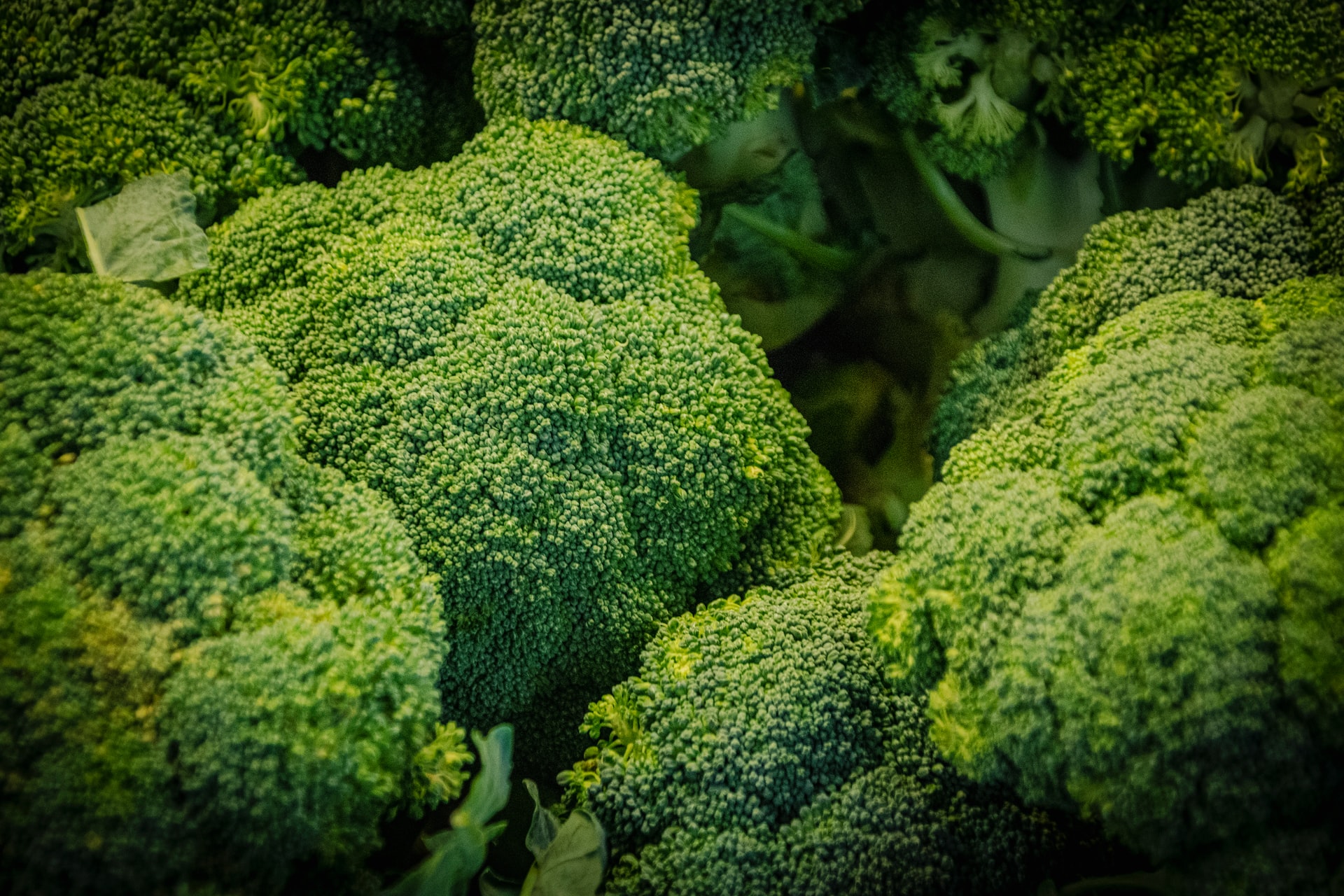
Understanding the Mexican Broccoli Production and Export Market
Introduction
Mexico is one of the significant contributors to the global broccoli trade, being the second biggest exporter of broccoli in the world. (p. 18)
In 2020, broccoli, along with cabbage, and cauliflower, was the 13th agri-food product exported that generated the most revenue for Mexico. (p. 38) And the US is one of the countries that are highly reliant on Mexican broccoli to meet its local demand. (p. 19)
Mexico’s contribution to the world’s broccoli exports is attributable to its sizable broccoli production. In 2020, 18 Mexican states reported broccoli production. (p. 26) But the industry is also dealing with some production setbacks.
Let’s take a deeper look into broccoli production in Mexico, its contribution to global trade, and the challenges it faces.
Mexican Broccoli Production Areas and Seasons
In Mexico, the state of Guanajuato is the undisputed leader in broccoli production, accounting for 70.2% of the national production, equating to 409,837 tons. This was attributable to Guanajuato’s sprawling broccoli harvest area which is 24,234 hectares.
This was followed by Puebla, Jalisco, and Sonora, each accounting for less than 10% of the national production. However, the highest average yield was obtained in San Luis Potosi with 29.4 tons per hectare. (p. 26)
Meanwhile, among Mexican municipalities, Dolores Hidalgo, Valle de Santiago, San Luis de la Paz, San Miguel de Allende, and Doctor Mora, all municipalities in Guanajuato, make up 33.4% of Mexican broccoli production. (p. 27)
Mexican broccoli production peaks in March and May and records the highest historical production of 26.4% of the production volume. The country also has a second peak between August and November. (p. 29)
Mexican Broccoli Production Volumes
Broccoli cultivation in Mexico had a production of 583,646 tons in 2020, a significant increase compared with yields from 2011, which was only 357,080. However, after the historical maximum was reached in 2018, with 631,512 tons, (p. 21) production in Mexico has been declining.
The 2020 Mexican broccoli production decreased by 5.0% compared to 614,437 tons in 2019. (p. 21) The drop in broccoli volumes was due to a decline in the harvested area and due to the drought problems that affected several of the main producing regions in that year. (p. 23)
In 2020, broccoli cultivation in Mexico had an area of 33,923 hectares, a decrease compared to 35,838 hectares in 2018. (p. 22) Mexico ranked 33rd in terms of average yield per hectare in the world, with 17.2 tons per hectare in 2020, a decrease of 3.5% compared to 17.8 tons per hectare in 2019. (p. 23) It is also below the world average yield of 18.8 tons per hectare. (p. 12)
Price per ton of Mexican broccoli reached its historical maximum in 2020, which helped maintain the value of production for this crop. (p. 4) In 2020, Mexican broccoli had an average price of 6,613 Mexican pesos per ton, an increase of 9.5% over the 6,040 pesos per ton in 2019. The 2020 price for Mexican broccoli was also a significant increase from its price in 2010, which was 3,852 pesos. (p. 24)
Mexican broccoli production value also reached 3,860 million pesos in 2020. In the period between 2011-2020 Mexican broccoli production value had an average annual increase of 13.1%, a rise from the 7.5% average annual increase between 2001 to 2010. (p. 25)
Types of Mexican Broccoli Production
Mexican broccoli production is highly reliant on open air production. In fact, 99.9% of the broccoli production in Mexico is made in open air. In 2020, production obtained from this cultivation process equated to 582,693 tons of broccoli, translating to a production value of 3,856 million Mexican pesos.
There are also a few growers who are cultivating broccoli through protected agriculture. In 2020, this represented 683 tons of broccoli, representing 4 million Mexican pesos in production value.
In terms of the types of broccoli, Mexico mostly grows conventional broccoli, which comprises 98.4% of broccoli production in the country. This translates to 574,147 tons of conventionally grown broccoli in 2020, compared with 9,499 tons of organic broccoli grown in the same year. (p. 28)
Mexican broccoli exports
Mexico’s broccoli exports account for 22.4% of the global broccoli trade. (p. 18) In 2020, Mexico exported 459,400 tons of broccoli, a 4.5% increase from year-ago exports. The value of exports also increased by 9.5% in 2020 to USD 554 million. (p. 33)
The bulk of Mexican broccoli exports takes place between November and March. In 2020, this period saw Mexico ship 54.0% of the total volume exported for the year. (p. 32) And a majority of Mexican broccoli exports go to the US – the third-largest broccoli importer in the world – accounting for 97% of the total exports.
For the first three quarters of 2021, this equates to 240,530 tons, which translates to USD 236.1 million. Other countries receiving less than 1,000 tons of Mexican broccoli are Japan and Belize, among a few others. (p. 34)
ProducePay: Connecting Buyers to the Best Mexican Broccoli Growers
ProducePay empowers produce buyers and sellers by helping them make the best decisions when it comes to importing and exporting crops like Mexican broccoli. The ProducePay Marketplace is a platform that brings together produce growers from various regions, including in the US and Latin America, allowing buyers to have access to thousands of trusted growers.
At the same time, produce growers can access ProducePay’s Quick Pay Financing service, which allows farmers to receive up to 90% of their shipment value up to 24 hours after a buyer confirms its reception within the Marketplace.
Contact us to know more about how the ProducePay Marketplace can assist with your produce business.
Source:
